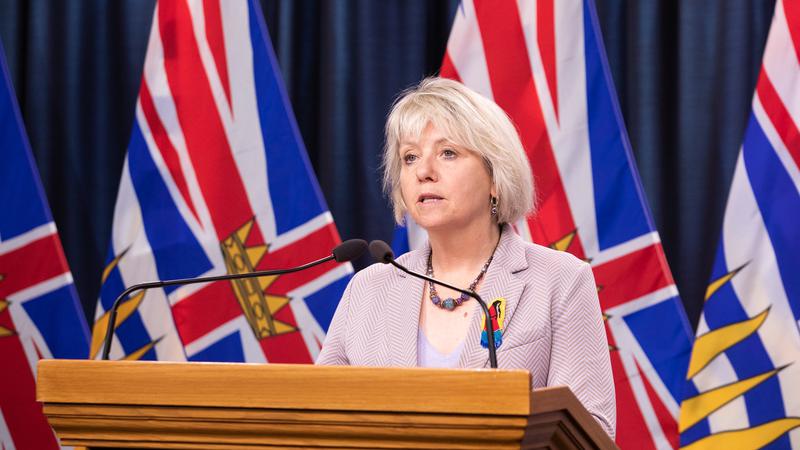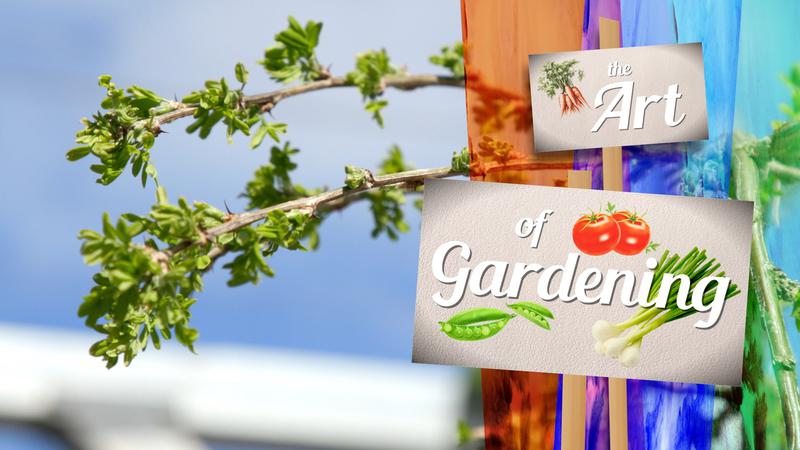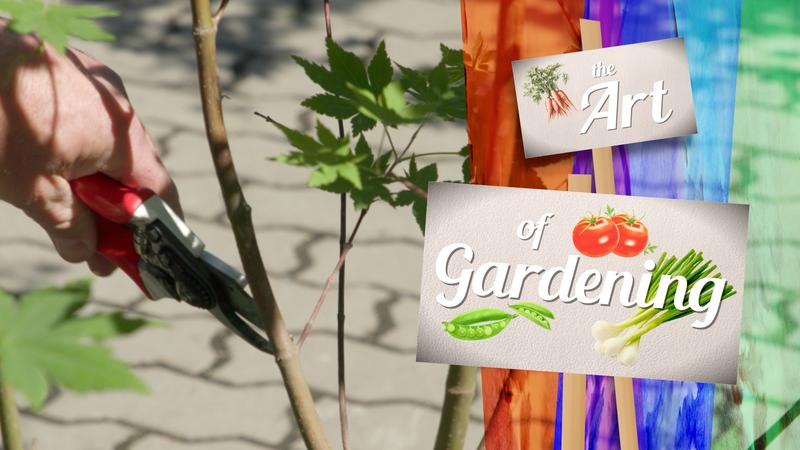
SOUND OFF: Be kind, be calm, be safe — be last
Currently in British Columbia, about half of the unvaccinated population is under 12 years of age.
On Oct. 1, after weeks of pressure from parents and teachers, Provincial Health Officer Dr. Bonnie Henry announced the mask mandate in schools would be extended to include all students, Kindergarten to Grade 12, effective Oct. 4.
This is just the latest example of Dr. Henry and Jennifer Whiteside, B.C.’s Minister of Education, being reactive instead of proactive.
Following the press briefing, BCTF President Teri Mooring said she was happy to hear the mask mandate was increased, but had wanted it put in place in September. She said, “perhaps some children that ended up getting sick might not have…. Following the data doesn’t preclude putting in preventative measures.” (BC Today, CBC Radio)


